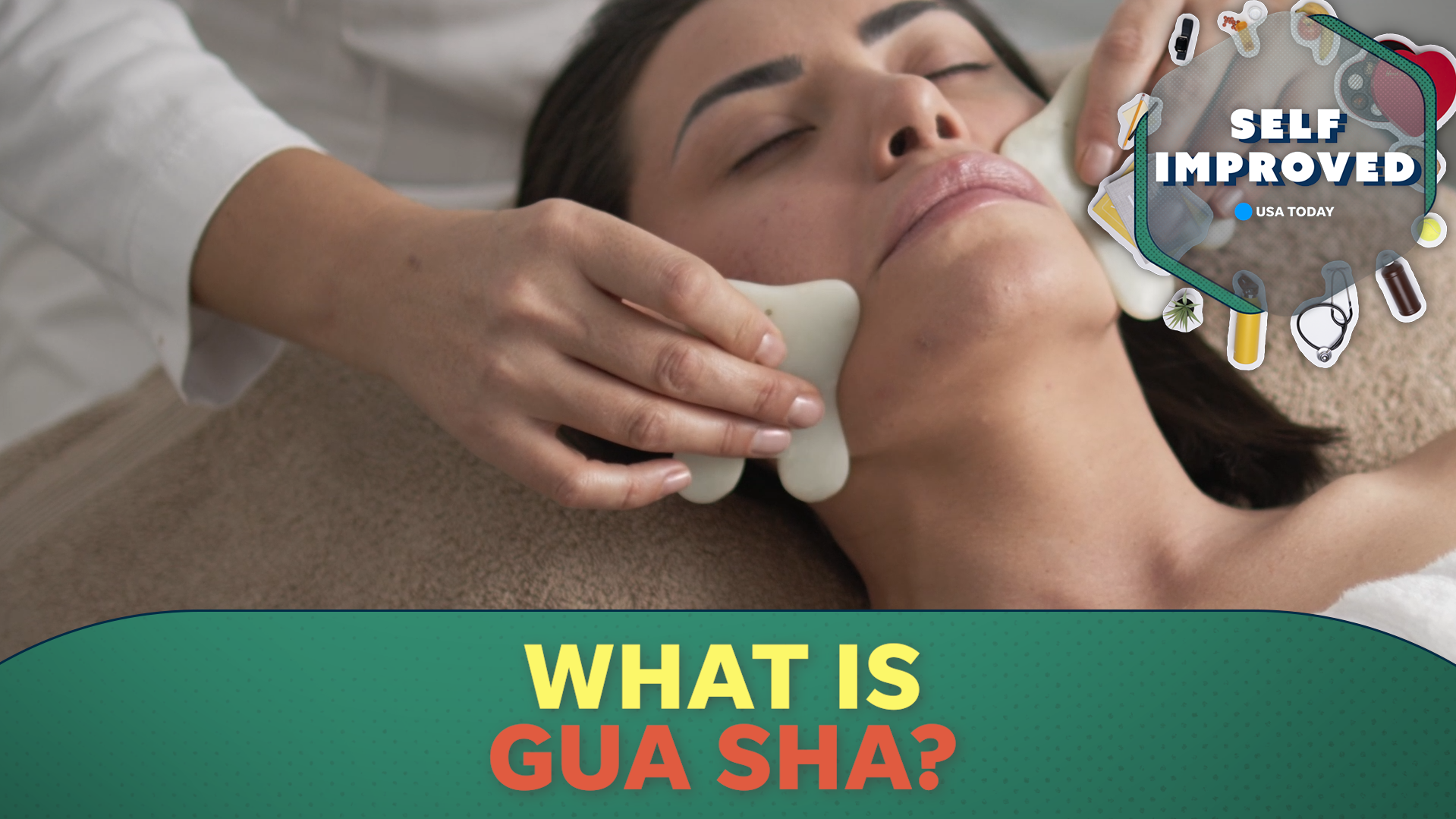How to layer skincare


A skincare expert explains how the gua sha method works
The Gua sha skincare method has become a popular treatment on social media, but does it actually work? Dermatologist Mamina Turegano explains.
Skincare routines can feel endlessly complicated these days, with the barrage of new skincare products and celebrities sharing their lengthy, multi-step routines. Even kids are becoming obsessed with complicated skincare routines years before they actually need one, thanks to the rise of “skinfluencers.”
So how do you break through the noise and figure out what actually works for you?
“There’s a lot of influencer marking, and they always promote a lot of products, but no one has time, honestly, to do that,” board-certified dermatologist Dr. Mansha Thacker tells USA TODAY. “For the average person, I tell them to keep it simple … and we can always add in one or two steps extra if needed.”
How to layer skincare
The basic rule of skincare is to apply products from lightest to heaviest, to ensure that the skin absorbs every product properly. While much of a skincare routine depends on what you’re looking to target, a basic routine entails face wash, some sort of treatment and moisturizer.
- Face wash. If you’ve been wearing makeup or a lot of sunscreen, Thacker recommends doing a double cleanse, which involves first using a makeup balm or oil-based cleanser to remove everything before actually cleaning your face with a gentle face cleanser.
- Treatment. This section can vary depending on your skin type, skin goals and how much time you regularly have to spend on skincare.
- Toners. Toners were originally created to help re-balance the skin’s pH, but they’re not totally necessary anymore, because many skincare products now do the pH balancing for you. So if you’re trying to simplify your routine, you can definitely skip this one, Thacker says.
- Serums. Popular ones include vitamin C serum, which helps slow skin aging and prevent sun damage; hyaluronic acid serum, which helps with hydration; and retinol, which helps produce collagen and help with fine lines, scars, pigmentation and acne, and is “something that everyone should use as long as their skin tolerates it,” Thacker says. Serums can take up to a month to show results, she adds, so be patient.
- Eye creams. Eye creams can aid in reducing dark circles under the eyes, per Harvard Health. These are lighter creams than moisturizer and should be applied prior to the moisturizing step.
- Moisturizer. Moisturizer serves two important purposes: helping to counteract any products that may be irritating or drying to your skin, and acting like the “icing on the top” and sealing in all the previous products you’ve used. In the mornings, you should either add on a sunscreen after this step, or use a moisturizer that already contains SPF to save time, Thacker says.
Can you layer too much skincare?
There is too much of a good thing when it comes to skincare, experts say. So be wary of blindly following super lengthy routines by those “skinfluencers” who may not fully understand the safety of mixing certain products with others.
For example, there are several different kinds of exfoliants — products that remove dead skin cells — you can add to your lineup, which can fall under a variety of the aforementioned categories. A physical exfoliant is a scrub, which is a face wash. But there are also chemical exfoliants, such as alpha-hydroxy acids (AHAs) and beta-hydroxy acids (BHAs), which fall under the treatment category. Regardless of which exfoliant you choose, keep in mind they can be harsh on your skin, so skip using other more intense products, such as retinols, on nights when you exfoliate.
But if the thought of keeping a calendar to separate your exfoliants and retinols scares you, just remember the basic formula: face wash, treatment, moisturizer. Keeping your skin healthy doesn’t have to feel like a full-time job.
“Keeping it simple, I feel, works best,” Thacker says.





:max_bytes(150000):strip_icc()/RS-best-skincare-routine-for-40s-c353dbdfb9894a92b8baf803128bbe1b.jpg?w=1300&resize=1300,800&ssl=1)






